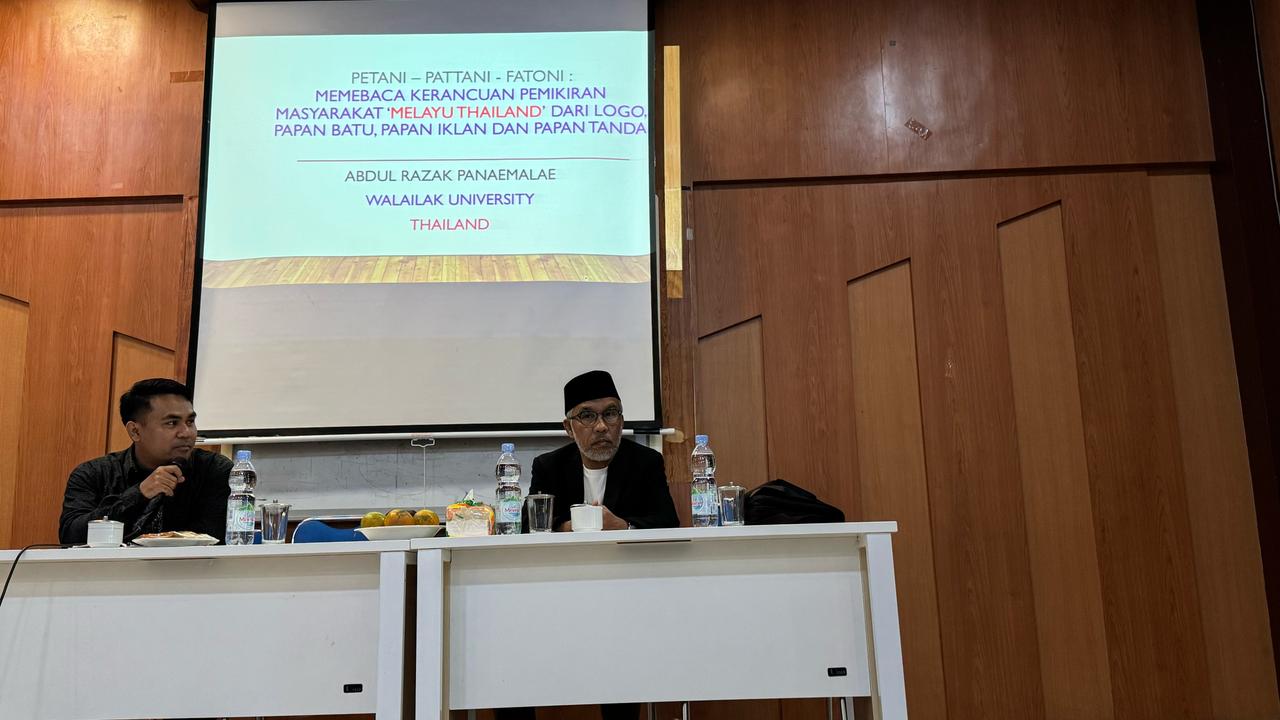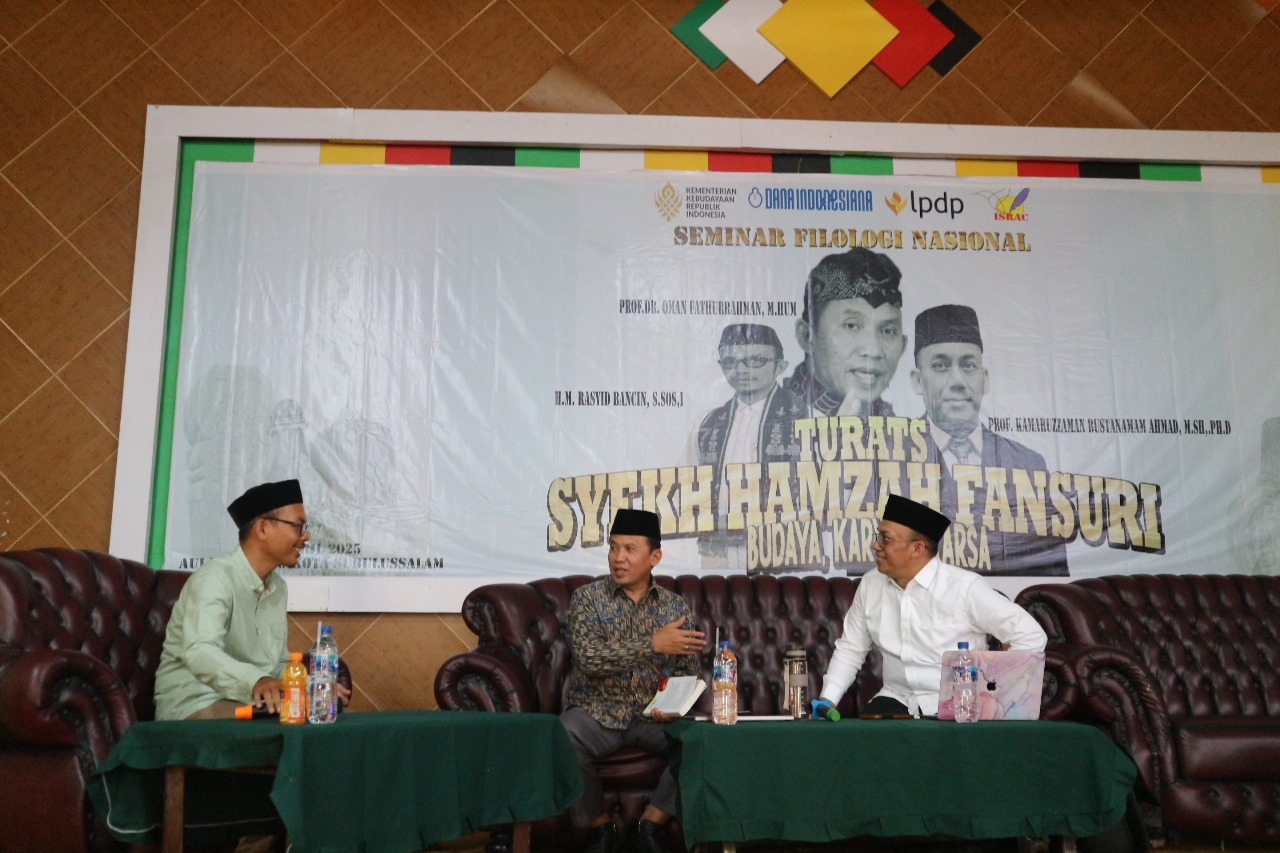Human Brain and Internet
The internet was initially intended to facilitate all human affairs in virtual life. Connectivity through the internet is essential to reducing space and time between humans globally. Virtual connection not only brings space and time closer but also makes the human mind hostage in cyberspace by the power of the internet.
When the human brain is connected to the internet, all the things that result from digital connectivity create the dependence of the human mind on the virtual world, which is not closely related to the influence of the internet on human consciousness.
Many works have tried to explain how the human mind changes with the existence of the internet. The book Monkey Mind is one example that describes how the human mind jumps everywhere when faced with the internet. However, a
comprehensive explanation is needed when the internet has influenced human consciousness and subconscious.
Human consciousness is a form of engineering that appears within humans themselves. There are components of the mind, external influences, and the workings of the human soul. Usually, a definition is needed when something
enters a human being. It Is called thinking, awareness, action, which leads to habit?
The workings of the human brain, heart, and subconscious require separate studies. There is what is known as the study of the brain, the soul, and the subconscious. The working process of contemplation came to be known as the study of philosophy.
Scholars from various disciplines have widely studied the uniqueness of the human body.
Reading and Understanding
I have read the book German Genius, which shows the level of human intelligence in Germany. There, the story of a person reading a book in the country was extraordinary. Almost all great scientists in the world come from German
intellectuals. Therefore, human intelligence’s potential is mobilized through various information received through the reading process. This shows that the level of human knowledge is greatly influenced by how much information enters
his mind.
Reading and understanding are the two critical words in accepting knowledge in humans. Cosmic history also tells that Prophet Adam, as the first human, was also commanded to read to show his superiority compared to the angels. That way, increasing human understanding through reading is fundamental.
The reading process then forms a pattern of understanding connected to the level of human consciousness. However, not a few humans also have the power to read very quickly. They are brilliant and genius, an advantage and talent, since they were born into this world.
Artificial Consciousness and Artificial Subconsciousness
What if human intelligence creates artificial intelligence, which can read and understand like ordinary humans. Likewise, artificial consciousness will emerge, derived from human artificial intelligence.
Do humans trust the results of what artificial intelligence understands or understands? Today, human reading and understanding results have resulted in a global revolution in human thinking. Humans began to depend on man’s artificial intelligence.
I can’t imagine if artificial intelligence from human intelligence can create artificial consciousness and artificial subconscious.
Artificial consciousness and artificial subconscious will undoubtedly change the human situation and the human potential in humans. Initially, intelligent humans were made from fake information, both supernatural (God) and natural (environment),
which human ability to create a transformation into artificial intelligence.
Suppose the power of the algorithm that produces artificial intelligence continues to be forced to work on human dependence in digital life.
In that case, the emergence of artificial consciousness and artificial subconscious awareness will no longer be a reality that humans cannot avoid.
The study of virtual ethnography, which is the core of this blog, attempts to understand how human knowledge is produced, which then turns into human intelligence, which can change human consciousness and subconscious artificially. Therefore, changes in humans are an essential part of why I dedicate this blog to readers.
Artificial Intelligence
Artificial Intelligence (AI) is the creation of machines with intelligence that behaves like human being. Artificial consciousness seems to be its logical next step as we grow more familiar with this new field.
AI already replicates many of our cognitive functions and skills, from learning to recognize objects to planning for the future. Artificial consciousness is the next logical step in AI: mimicking human consciousness as closely as possible while remaining an artificial construct.
Artificial consciousness could make it easier for computers to understand human intentions and learn complex tasks by understanding how humans think and process information. It could also be a way for computers to have personalities or emotions similar to humans.
Suppose you are interested in learning more about artificial consciousness. In that case, this article explores what it is, where it is going, and how it might one day impact us as individuals and society in general.
What is Artificial Consciousness?
Artificial consciousness creates machines that can think, learn, and make decisions like humans do. A computer can think and act like a human.
Artificial consciousness can be used to make intelligent machines that can carry out human tasks, like computer vision and speech recognition, or have the ability to recognize objects.
Just like human consciousness is made up of many different functions, artificial consciousness comprises many different AI functions, like perception, memory, learning, planning, and decision-making.
These functions work together in conjunction with each other to allow computers to think and make decisions like humans. It would be relatively straightforward if artificial consciousness were simply mimicking human consciousness as closely as possible.
All that would be required would be creating a machine that can learn and process information as a human brain does and then put those same functions on a computer. However, that is not the case.
AI researchers are striving to create artificial consciousness that works in a completely different way from how a human brain works.
In other words, they are trying to create something more than just a machine that mimics human behavior.
Artificial Intelligence and its use in Artificial Consciousness
AI is the study of how computers can replicate human thought and decision-making. AI is used in artificial consciousness by computers trying to understand human intentions.
AI has been in development for many decades now, and despite being a relatively new field, we already see significant advancements in artificial intelligence every year.
For example, an AI program can be taught to recognize images like a human might and then be taught to recognize the words in those images to tell what they are.
If this AI program is then taught to recognize what a human wants, it can be programmed to offer a product or service that the person requested, which in turn, can be used to make decisions, like whether it is safe to send a package or person through an automated delivery system.
The Future of Artificial Consciousness
Artificial consciousness will allow computers to process information the same way humans do and use that information to learn and make decisions. It is a step toward creating general artificial intelligence but is still a long way from achieving true consciousness.
Artificial consciousness is not the same thing as machine consciousness or the creation of a conscious machine. It is about building computers that can act like humans and perform specific tasks, like recognizing images or words, as we already see in use today.
Due to the many factors that create artificial consciousness, it could be a decade or longer before we see any significant progress. It is important to note that artificial consciousness is still long from creating true consciousness.
How to Achieve Artificial Consciousness
To create artificial consciousness, AI researchers are looking to understand how the human brain works, which is crucial since many factors, such as the relationship between perception, memory, and intention, go into creating consciousness.
In order to create artificial consciousness, AI researchers are looking to understand these factors and the way they work in the human brain, which can be done through brain scans, experiments, and simulations.
As researchers learn more about these factors, they will be able to create artificial consciousness that mimics them as closely as possible. Eventually, they will learn enough to create computers that can think and make decisions like humans.
Benefits of artificial consciousness?
Artificial consciousness can be thought of as the next step in the evolution of AI. It is about creating machines that can think, learn, and make decisions as humans do, but without consciousness.
Like previous AI advances, this new field could lead to many great benefits in our society. For example, computers that can recognize objects and make decisions like humans could be used for automated transportation systems, like driverless cars.
Another possible benefit of artificial consciousness is creating artificially intelligent robots that can look and act like humans which could make it easier for people to interact with computers, like reading documents or performing tasks like driving a car.
Limitations of AI and its use in artificial consciousness.
There are some significant limitations to AI and its use in artificial consciousness.
First, AI technology is based on reinforcement learning which means that the more often an AI learns, the brighter it becomes. However, if the same inputs are fed into the AI many times, it will usually learn little to nothing new.
This type of AI could be used to make sense of large amounts of information but is not capable of making sense of anything new.
The other challenge with AI is that it has primarily based on logic and rules rather than creativity and imagination. While AI can be used to make decisions based on logic, it cannot creatively come up with new ideas on its own.
Is There a Limit to Artificial Consciousness?
AI technology is getting better, but it is also getting more and more complicated, which could also limit its development. Artificial consciousness is still in the early stages of development.
There is still much to discover about the human brain, and we may never truly understand how it works.
AI technology is also limited in that it cannot create anything new. It just learns from examples and information, which means it cannot come up with an original idea, like finding a new solution to a problem.
It is also possible that the development of artificial consciousness will eventually reach a point where it is not worth the effort.
How likely is it that we will have artificial consciousness?
Artificial consciousness technology is still in its early stages, but it is possible that it could one day lead to true artificial consciousness. It is possible that the technology will be too challenging to achieve shortly or that we will not develop it, and it will be too expensive for the general public.
It is also possible that the technology will not be used for human-like artificial consciousness but for creating machines that can perform specific tasks, like transportation. AI technology is still relatively new, and it may be too difficult to create artificial consciousness.
It is also possible that AI technology will eventually reach a point of no return, like with the limits mentioned above.
How close are we to Artificial Consciousness?
There are already many demonstrations of artificial consciousness. Google has created a program that can recognize objects and determine what they are, like a cat or a chair. This is already close to mimicking human perception and memory.
There is also the AlphaGo program, which was trained to play the game of chess. This was made possible by techniques like neural networks, which are similar to the brain’s neurons and can be used to create artificial consciousness.
Many projects under development will change the way we view artificial consciousness. The biggest one is probably the Human Brain Project, which is trying to build a complete picture of the human brain.
Possible Applications Of Artificial Consciousness
Artificial consciousness could have many positive benefits, such as automated transportation systems, automated devices that can make decisions, and computers that can recognize objects and read documents.




